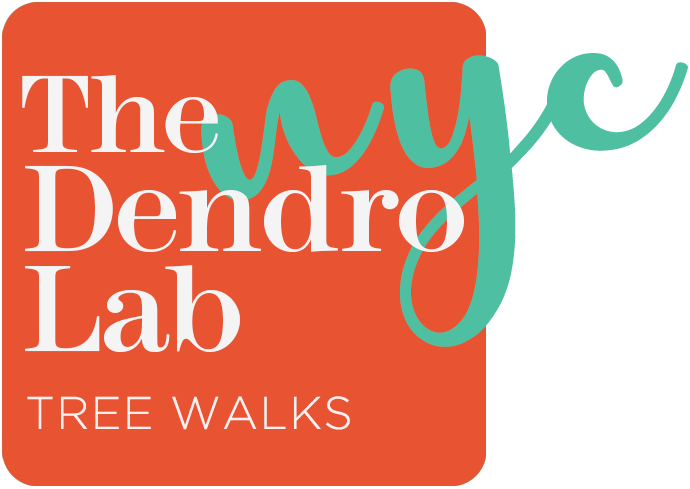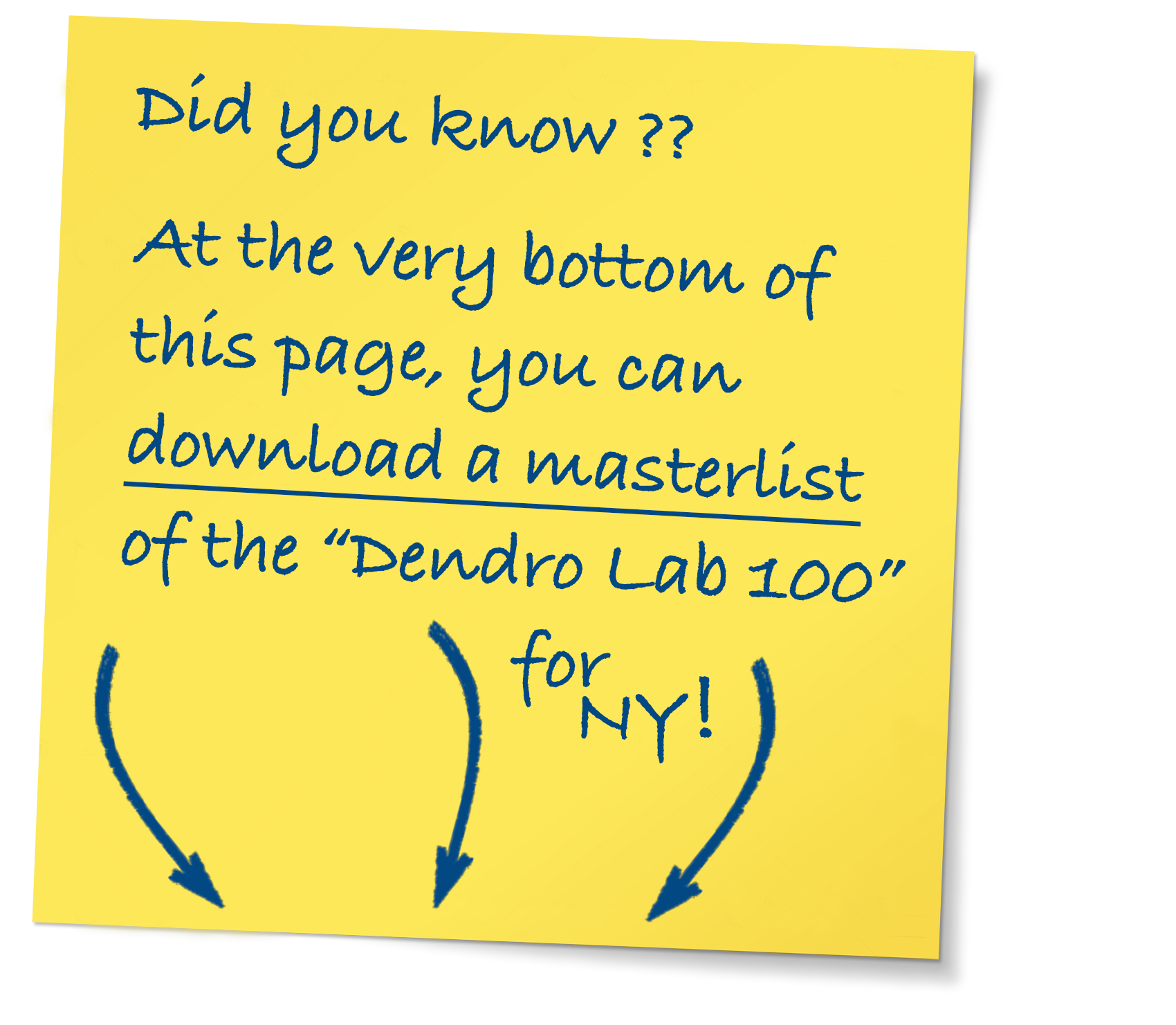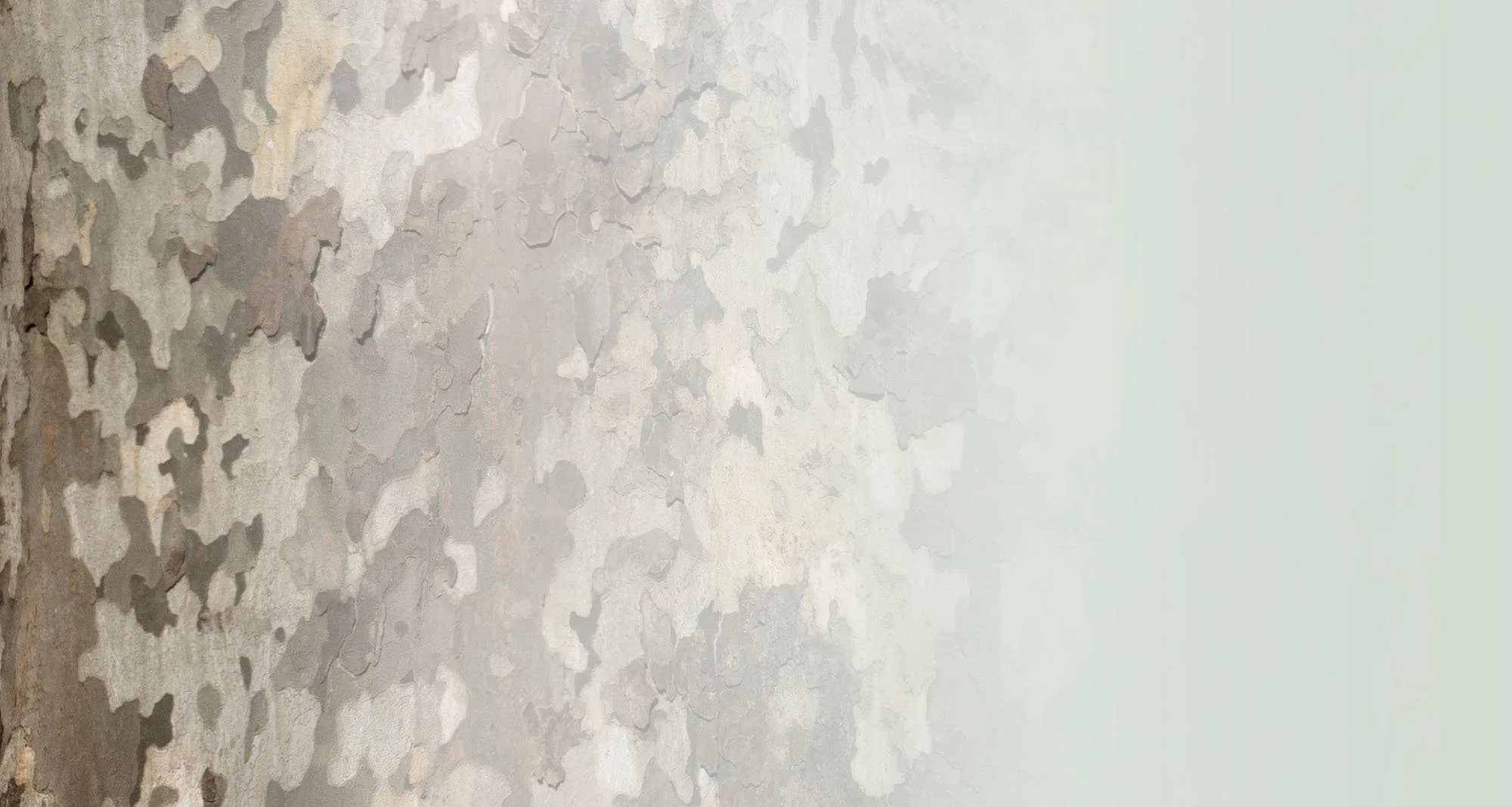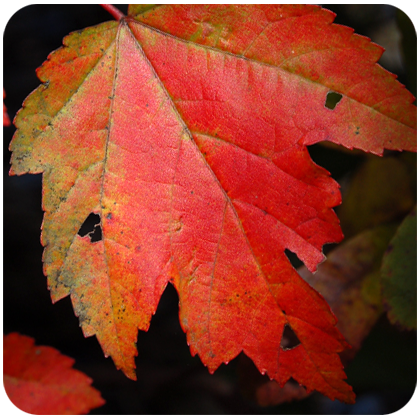"Fabulous! I've been on many nature walks, but rarely are they this intelligent and entertaining."
– Emma Paske, birder & Dendro Lab member
New York City is a concrete jungle and an urban forest. To better connect with the latter, we lead 14 different walks to help you learn our most common trees. Knowing them will make you a more observant naturalist, a better birder, or an all-round happier person. It's easier than you think and we can help.
See you in the park!


















